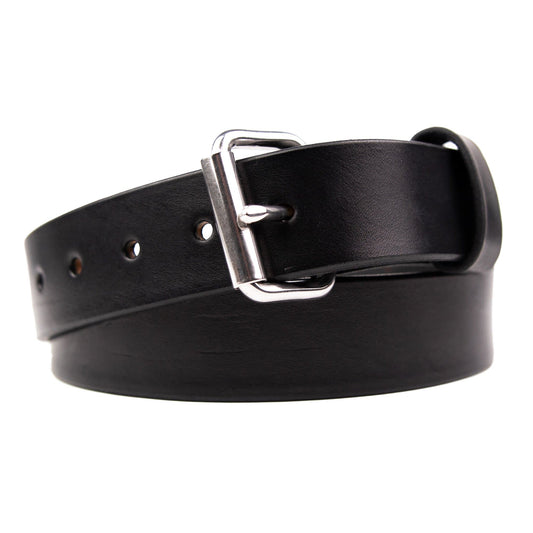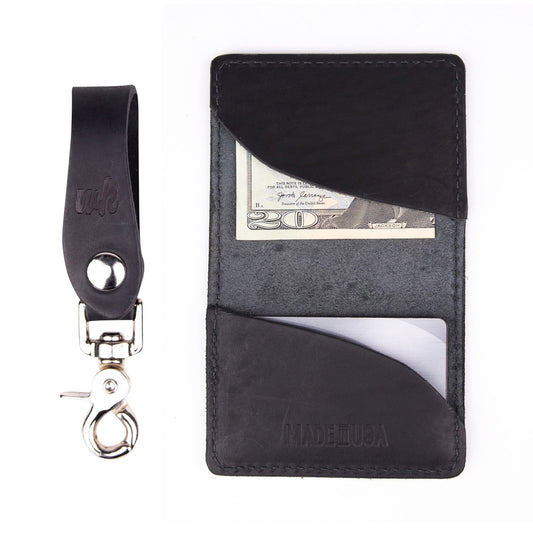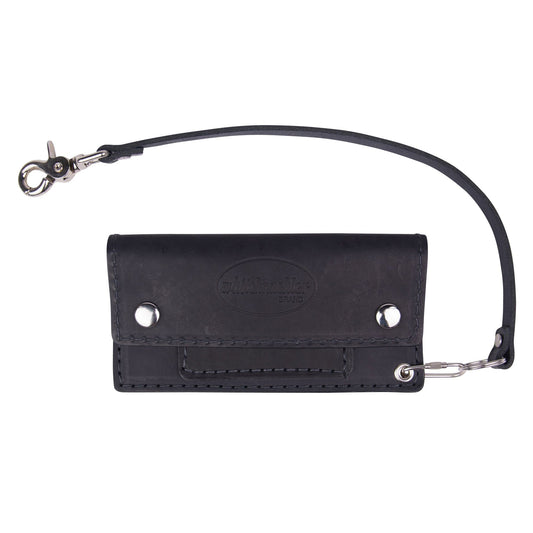The C-130 Hercules had a “face” that not even a “father” could love upon its inception. The engineer in charge of the project, Kelly Johnson, warned Lockheed (the manufacturer) that it would end up shut down by unleashing such an unsightly aircraft on the world.
Johnson’s aversion to the C-130 could have also stemmed from the fact that it didn’t do all the “Pow!” “Bang!” “shoot ‘em up” stuff planes were want to do back in the ‘50s. Its mission was pretty straightforward: haul stuff. And there were other planes out there that did just that. So what has made the Hercules not only the military’s longest-produced plane but arguably the most significant aircraft in history? Enquiring minds want to know…
The Birth of a Legend

As stated, the C-130’s primary engineer was not impressed with its appearance. He felt that he should have created a craft that could do what was required of the Hercules while maintaining a particular aesthetic.
Johnson believed the plane accomplished what was necessary of it in terms of duty, but he felt that its “ugly duckling” appearance would cause it to be an ultimate loss for Lockheed. In his estimation, less than 100 of the crafts would be purchased.
Almost 70 years later, close to 2,500 units have been produced and purchased by over 70 different countries. Looks aren’t everything.
Learning to Fly

During the Korean war, the military realized it was in desperate need of a plane that could transport troops and other cargo up to 1.500 miles and take off in a relatively short distance.
In 1954, the test flight for the Hercules prototype took place, and it performed far beyond expectations. Equipped with four turboprop engines pulling close to 3,800 horsepower each and accompanied with three-blade propellers, the C-130 took to the air requiring less than 800 feet of runway.
The first of many, many adjustments to the Hercules came before its official production, as issues surrounded the propeller systems. The three-blade propellers were exchanged for four-blade propellers.
The upgrades and variations for this aircraft have been vast, but the C-130 continues to be produced in different forms today.
How Many Different Hats Can One Plane Wear?

Once the Hercules hit the air, it became evident very early on it was an aircraft that was a giant in terms of its flexibility and adaptability. Its cargo hold was very unique due to its fully-pressurized, vast, unobstructed design. This design lent the Herc to being transformed and used for a wide array of purposes.
The current version of the C-130, the J series, has 11 variations and is built to handle up to 16 different types of missions. That is quite incredible for an aircraft whose chief engineer thought it would almost serve to put the distributor out of business.

Some of the most commonly used of the J’s 11 variants include:
- The C-130J Super Hercules - This version of the Hercules is just what it sounds like - a super-sized edition. The Super Hercules can carry up to 44,000 lbs of cargo for almost 2,500 miles, and it can carry up to 128 troops at its max while still reaching 26,000 feet.
- EC-130J - Commando Solo - This variant is typically used for Special Ops missions and psychological operations. Reaching speeds of 335 mph, this bad boy can fly for 2,300 miles without the need to refuel.
- HC-130J - Combat King II - This variant avoids detection by absorbing signals to keep it from getting sent back to the source and is used to drop off Air Force’s Special Recovery Teams. It can reach up to 33,000 feet and fly for over 4,000 miles without the need for refueling.
- HC-130J - Coast Guard - This Hercules is used for long-range search and rescue missions. At 33,000 feet, it cruises at 374 mph, and it can go an impressive 5,000 miles without refueling.
- KC-130J - Tanker - This is an aerial refueling tank, allowing other aircraft to refuel without landing. It can carry close to 50,000 lbs of fuel and fly almost 4,300 miles without the need of refueling itself.
- LM - 100 - This commercial freighter version of the C-130J is used in a multitude of ways throughout the world. A few of those uses include:
- Carrying oversized cargo to “out of the way” destinations.
- Oil and gas exploration.
- Aerial firefighting and spraying.
- Humanitarian relief operations - for example, it is used during world tragedies like tsunamis or hurricanes to drop supplies in the affected areas.
- Search and rescue missions.
- VIP transportation.
- MC - 130J - Commando II - This is a multifaceted aircraft designed for the Air Force Special Operations Command, and it is used in a variety of military operations. It can fly at an altitude of 28,000 feet while carrying over 42,000 lbs of cargo.
The C-130 Hercules: An Aircraft of Mythic Proportions

During the illustrious history of the C-130 Hercules, it has flown missions to both poles and virtually everywhere in between. It has broken over 50 aviation records, and it is an aircraft that does not seem to know any bounds.
With its versatility and ability to be morphed into a craft that can fulfill virtually any need, it appears that the C-130s history will continue to expand far beyond today or even tomorrow.
No one can argue that the C-130 Hercules is an aircraft of mythic proportions.





